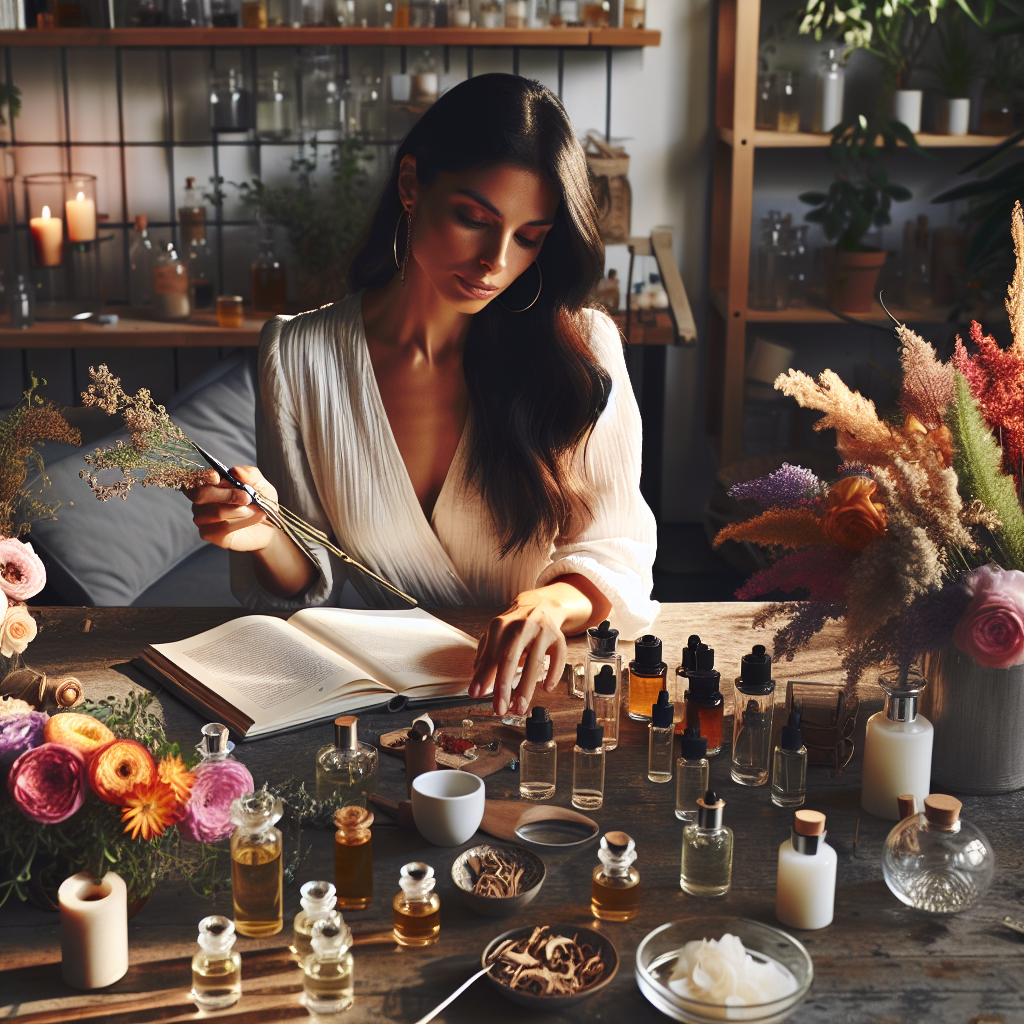Creating your own perfume can be an exhilarating journey of creativity and self-expression. Unlike commercial fragrances, DIY perfumes allow you to incorporate personal elements and unique scents that reflect your individual personality. If you’re ready to dive into the world of homemade fragrances, this guide will provide you with expert tips for crafting your very own signature scent.
Understanding Fragrance Families
Before you start blending ingredients, it’s essential to understand the different fragrance families. Perfumes typically fall into several categories:
- Floral: These fragrances are dominated by floral notes such as rose, jasmine, and lavender.
- Fruity: Energetic and sweet, these scents contain notes like apple, peach, or citrus.
- Woody: Rich and earthy, these fragrances are based on notes like sandalwood, cedar, and vetiver.
- Oriental: Exotic and warm, these scents often feature spices, vanilla, and amber.
- Citrus: Fresh and zesty, these fragrances center around lemon, orange, and grapefruit.
Gathering Your Ingredients
To create a beautifully crafted perfume, you’ll need a selection of essential oils, carrier oils, and alcohol. Here’s a breakdown of what you’ll want to gather:
- Essential Oils: These are the fragrant compounds that create the scent of your perfume. Choose oils from your desired fragrance families.
- Carrier Oils: These oils dilute the essential oils to make them safe for your skin. Common carrier oils include jojoba oil, sweet almond oil, and fractionated coconut oil.
- Alcohol: High-proof vodka or perfumer’s alcohol can be used as a base to create sprays and scented mists.
- Glass Bottles: Make sure you have clean glass bottles or roller balls to store your DIY perfumes.
Establishing Your Scent Profile
The key to creating a balanced perfume lies in understanding top, middle, and base notes:
- Top Notes: These are the first scents you smell when applying your perfume, typically light and fresh. Examples include citrus and herbal fragrances.
- Middle Notes: These heart notes emerge after the top notes fade, providing the main character of the fragrance with aromas like flowers and spices.
- Base Notes: These notes linger long after the perfume is applied, offering depth and richness and including scents such as wood, amber, and vanilla.
Crafting Your Perfume
Once you’ve gathered your ingredients and established your scent profile, it’s time to start crafting your perfume. Follow these steps:
- In a clean glass bottle, combine your chosen essential oils, starting with base notes, followed by middle notes, and then top notes. A general mix is 20% top notes, 50% middle notes, and 30% base notes.
- Add your carrier oil or alcohol, depending on the type of perfume you want to create.
- Shake the bottle gently to mix the ingredients, and let it sit for at least 48 hours (24 hours for mists) to allow the scents to meld.
- After resting, smell your creation and make adjustments if needed; you can add more oils to enhance any particular scent.
Storing Your DIY Perfume
Proper storage is essential for maintaining the fragrance. Keep your perfume in a dark, cool place, away from direct sunlight and heat. Glass bottles with tightly sealed caps are best as they prevent the fragrance from oxidizing.
Experiment and Have Fun
The world of DIY perfumes is all about experimentation. Don’t be afraid to try new combinations, until you find one that resonates with you. Document your blends and the amounts used, so you can recreate your favorite scents in the future.
Conclusion
Mastering the art of DIY perfume can be both a fun and rewarding endeavor. By understanding fragrance families, gathering the right ingredients, establishing a balanced scent profile, and following the crafting process, you’ll be well on your way to creating your personal fragrances. Embrace your creativity and let your unique scent tell your story!

